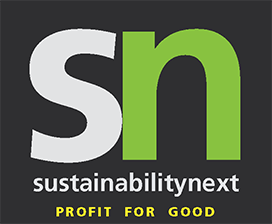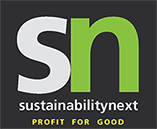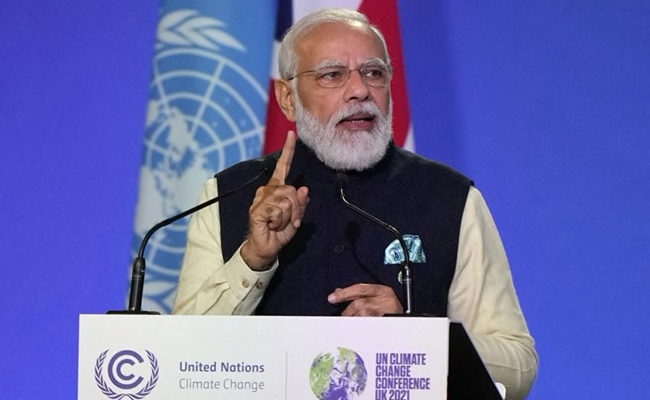Prime Minister Narendra Modi made ambitious commitments at his speech at COP26 Summit, at Glasgow in November 2021, and spoke of India’s successful track record of exceeding promises made at the 2015 Paris Climate Summit.
At a time when the world economy has started shrinking largely because of sustainable consumption habits, widespread unemployment, high inflation, and growing inequality, finding money to fund ambitious pledges will be a big challenge for all countries. India’s economy is expected to face even harder days ahead. Hard data shows Indian economy has been shrinking since the last five years and any rebound will be slow.
Attracting climate finance to fund India’s pledges will require big leaps in how the country adopts and implements its ESG (Environmental, Social and Governance) commitments. Except for a few big corporates, adopting ESG in India continues to be a huge challenge.
Social and governance indicators appear to be worsening due to the pandemic, except the stock market which surprisingly, has been doing well. Investor activism and regulator push is improving corporate governance standards. The same cannot be said of the environment, clean air, water and the waste sectors. India has the worst indicators in all these.
The big potential of turning waste to wealth has started attracting entrepreneurial interest. Immense value can be unlocked from food, construction, electronic, farm and automobile waste. Ramky Infrastructure and Wastelink are leading this charge. This is good both for the economy and the environment. The central and state governments can consider encouraging this sector with attractive incentives.
India’s Promise at COP26
- India will get its non-fossil energy capacity to 500 giga watt by 2030
- India will meet 50 per cent of its energy requirements till 2030 with renewable energy
- India will reduce its projected carbon emission by one billion tonnes by 2030
- India will reduce the carbon intensity of its economy by 45 per cent by 2030
- India will achieve net zero by 2070
- Indian Railways to be net zero by 2030
Given the market’s volatility-driven economic realities, this could be a good time for India to work harder on the S and the G part of ESG while showing genuine intent on the E part.
In their new book Outlast – How ESG Can Benefit Your Business, authors Mukund Rajan and Col. Rajeev Kumar quote a Climate Policy Initiative study showing a massive mismatch between the amount of climate finance needed and what India has managed to raise in recent years. India’s green finance flows in 2017 and 2018 averaged around $19 billion compared to $170 billion required per year to meet its NDCs (nationally determined contribution) under the Paris Climate Pact. Foreign direct investment could propel investment in green projects, but will it be enough?
India now has the fourth highest installed renewable energy capacity. However, it is finding it challenging to economically and efficiently utilize this power. Grid management, legacy thermal plant issues, poor financial health of state electricity bodies are dragging the immense promise of the renewal energy sector. With India investing big in hydrogen, are investors in renewable energy feel jittery?
For now, a slowing economic growth and consumption is good news for the climate but not to the economy. It’s a welcome opportunity to reset a lot of how we run politics, business, economy and society.







